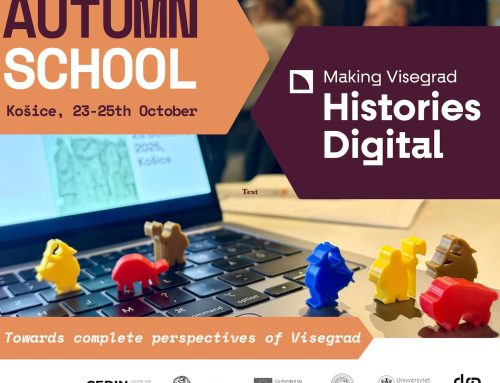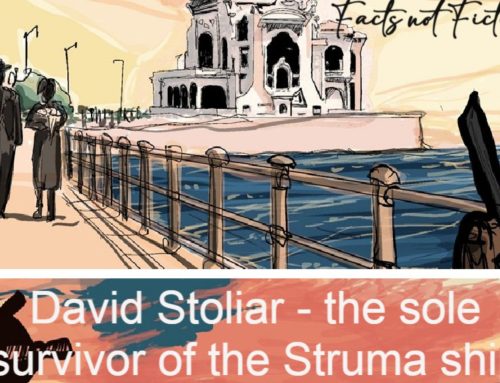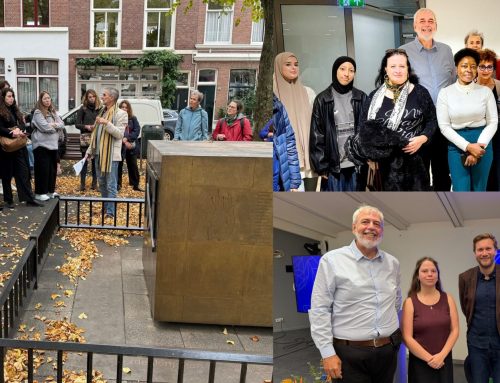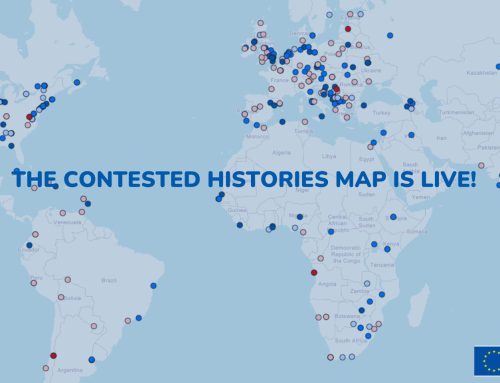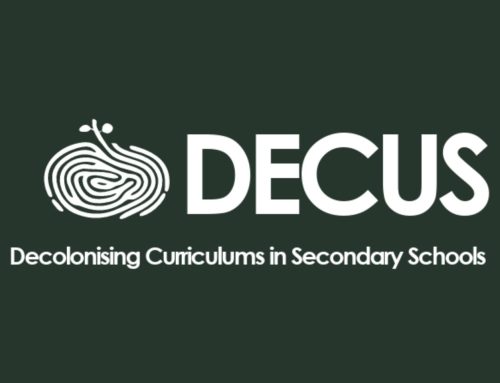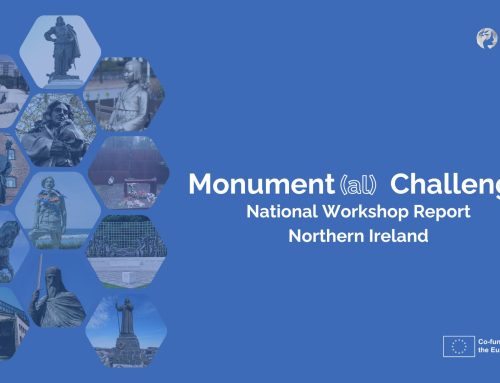How can we facilitate the use of Europeana’s digital collections in History education? 6 Internal Site Search Recommendations
Each sector approaches our cultural heritage in a different way; an artist needs to find items with high resolution, or with a specific colour — a history teacher needs to find items that are dated and curated. This means that search engine optimizations has to act differently according to the user’s profession or to provide different filtering options specialized for each sector. Ultimately, the aim of the research is to provide insight on how Internal Site Search can be customised for History.
Needs
assessment
EuroClio worked on technical suggestions that will facilitate searching for historical sources in Europeana platform. These recommendations are based on the preferences and search behaviour of the educational community. To find these out, EuroClio conducted a field research on needs assessment.
The findings showed that the more contextualized an item is, the more useful it is for history education, provided that the item is of historical interest in the first place. In fact, Items with adequate, comprehensible descriptions are 58% more likely to be included in a lesson[1].
However, most objects do not have a description, which makes searching difficult. Meanwhile, the prospect of having all European items (48 million, in May 2020) curated by professionals is not probable in the foreseeable future.
Currently, stakeholders acknowledge the importance of curation, but find an obstacle in the perception that curation is not scalable, that millions of items cannot possibly be curated. This is exactly the issue we want to contribute solving in EuroClio.
Challenges
Solutions
In this research we will share 6 recommendations for new functionalities in Europeana’s internal search engine that will result in automated curation. These new functionalities use the data we already have on each item, then process them and combine them, creating more information. Out of those 3 recommendations:
- 3 filters determine -> Is the item of historical interest? Is it curated?
- 2 functions enhance metadata
- 1 function improves sorting the results
This research is part of the activity ‘Improving Discoverability’ of the project ‘Opening Up Historiana’, a Digital Single Infrastructure activity, part of Europeana DSI-4. It is implemented with the financial support of the CEF Telecom Programme of the Innovation and Networks Executive Agency (INEA) of the European Commission. The aim of the project is to promote the digital collections of Europeana from the scope of historical education. This research explores the preferences and the search behaviour of history teachers, which is a valuable element of the Needs Assessment. Its purpose is to make sure that the technological developments in Europeana and Historiana meet the current needs of the European educational community.
Please find our suggestions here.
[1] Digital innovation in History Education – a Field Research on Needs Assessment p. 23
Fani Partsafyllidou
MA in Black Sea & Eastern Mediterranean





